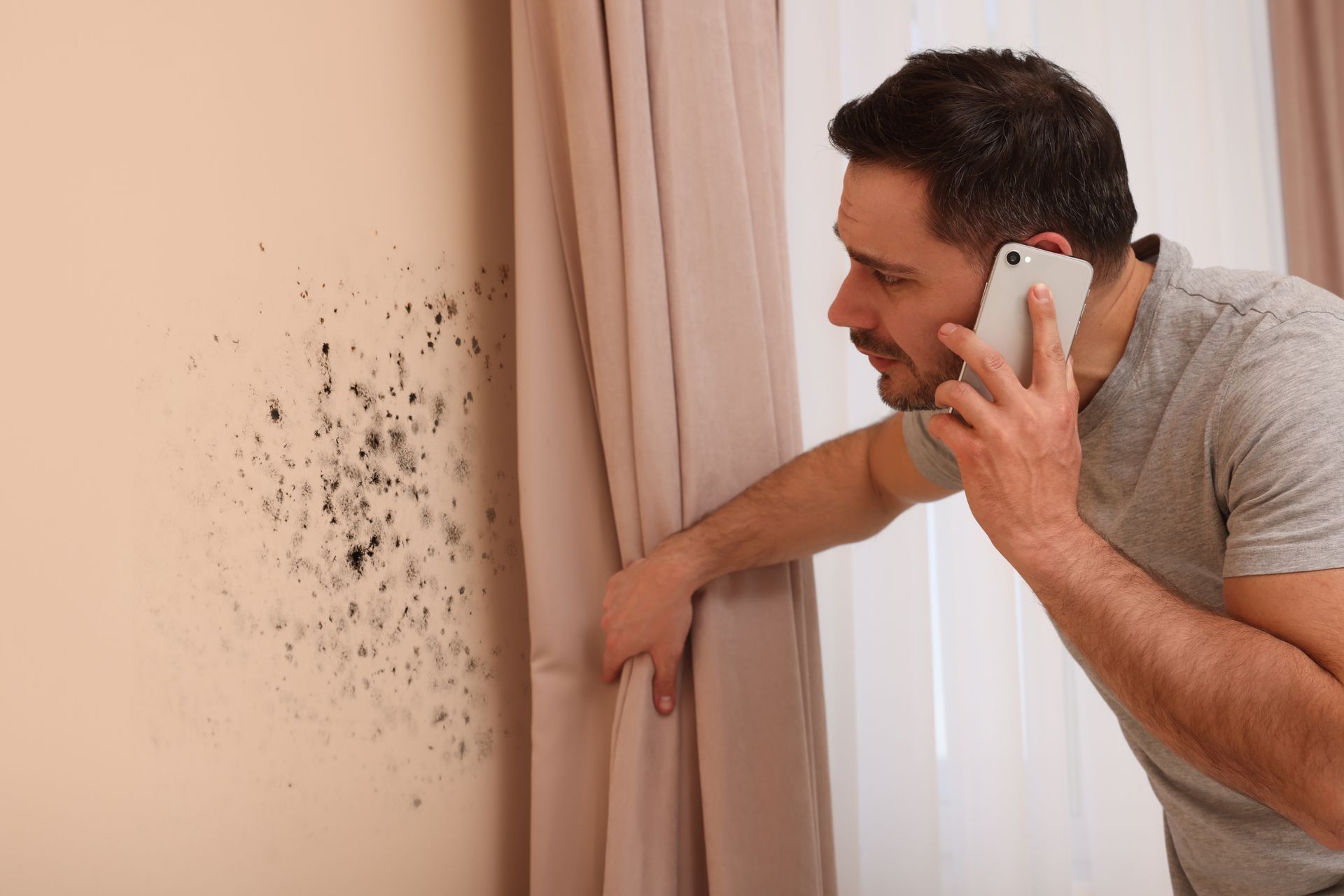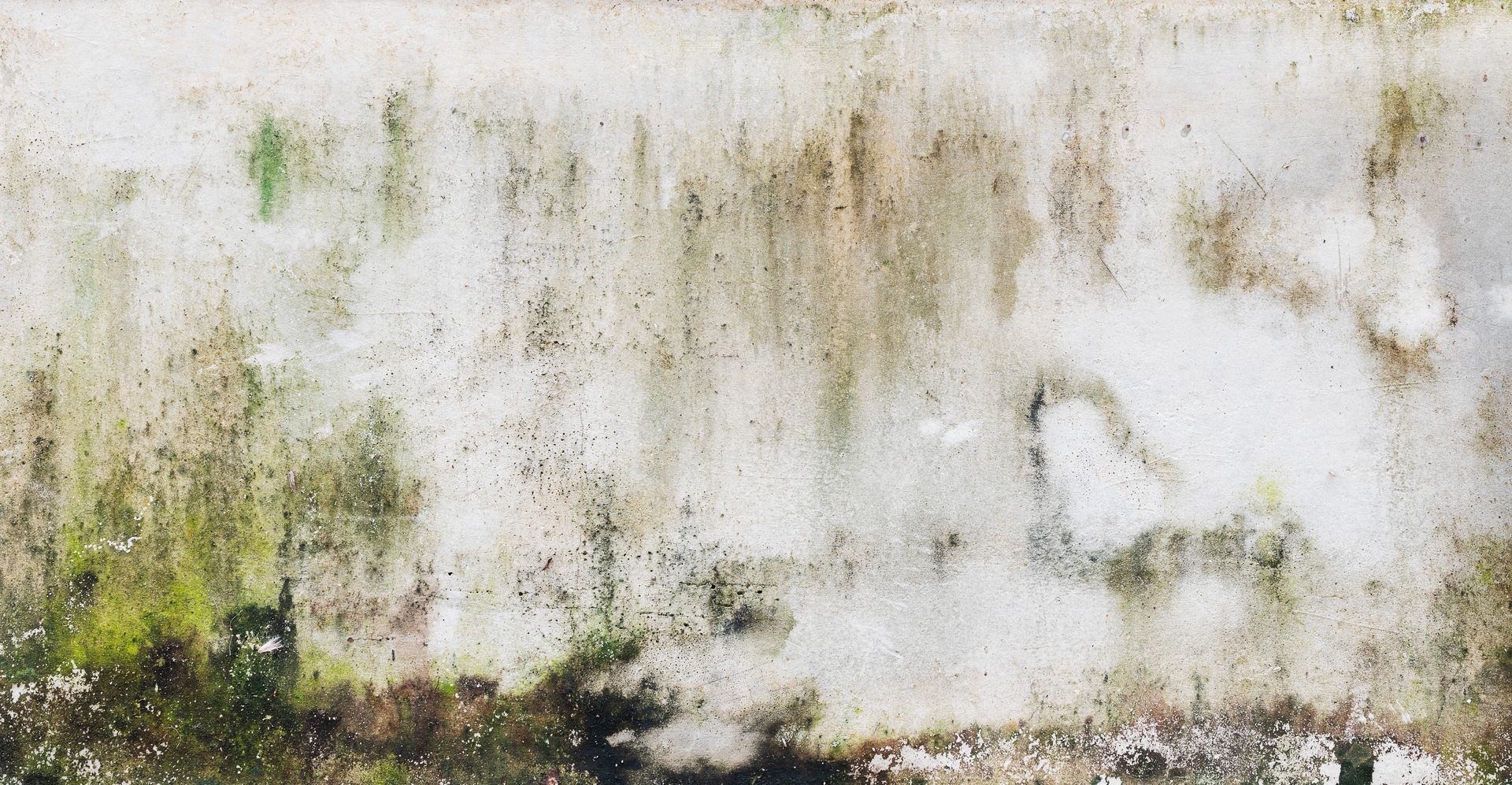Need Help? Talk to an Expert
The Dangers of Mold Exposure
Why Mold Remediation is Crucial
Introduction: Mold is a common issue in many homes and buildings, but its presence is often underestimated or ignored. However, mold can have serious consequences for both your health and your property. Understanding the dangers of mold exposure and the importance of timely mold remediation is crucial for maintaining a safe and healthy living environment. In this article, we'll explore the various risks associated with mold and explain why professional mold remediation is essential.
Health Risks of Mold Exposure
Mold exposure can lead to a wide range of health problems, particularly for individuals with existing respiratory conditions, allergies, or weakened immune systems. Here’s how mold can impact your health:
- Respiratory Issues: Mold spores can be inhaled, leading to irritation in the lungs and airways. This can cause symptoms such as coughing, wheezing, shortness of breath, and chest tightness. For individuals with asthma, mold exposure can trigger asthma attacks or exacerbate existing symptoms.
- Allergic Reactions: Many people are allergic to mold spores, which can cause symptoms similar to hay fever. These include sneezing, runny or stuffy nose, itchy eyes, and skin rashes. In some cases, mold exposure can lead to more severe allergic reactions, such as anaphylaxis.
- Chronic Inflammatory Response Syndrome (CIRS): CIRS is a condition that can develop in individuals who are genetically susceptible to mold exposure. It’s characterized by chronic inflammation that affects multiple systems in the body, leading to a wide range of symptoms including fatigue, cognitive difficulties, joint pain, and more.
- Infections: Certain types of mold, such as Aspergillus, can cause infections in people with weakened immune systems. These infections can be severe and require medical treatment.
- Toxic Mold Exposure: Some molds, like Stachybotrys chartarum (commonly known as black mold), produce mycotoxins that are toxic to humans. Exposure to these toxins can cause more severe symptoms, including headaches, neurological problems, and, in extreme cases, damage to the liver or kidneys.
Given the wide range of health risks associated with mold, it’s clear that ignoring mold growth in your home is not an option. Professional mold remediation is essential to protect your health and the health of your loved ones.
Types of Harmful Mold
Not all molds are equally harmful, but several types are particularly dangerous when found indoors. Understanding the types of harmful mold can help you recognize the severity of the issue:
- Stachybotrys Chartarum (Black Mold): Black mold is one of the most infamous types of mold due to its production of mycotoxins. It thrives in areas with constant moisture, such as around leaks, under carpets, or in basements. Black mold exposure is particularly dangerous and requires immediate professional remediation.
- Aspergillus: This type of mold is common both indoors and outdoors. While it typically doesn’t pose a significant threat to healthy individuals, it can cause aspergillosis in those with weakened immune systems. Aspergillosis is a serious infection that can affect the lungs and other organs.
- Penicillium: This mold is often found on water-damaged materials, including wallpaper, carpets, and insulation. It spreads quickly and can cause respiratory problems and allergic reactions.
- Cladosporium: Unlike some other molds, Cladosporium can grow in both warm and cool conditions. It’s commonly found on fabrics, wood, and other porous materials. Exposure to Cladosporium can lead to respiratory issues and skin rashes.
Recognizing these types of mold is important, but because mold can be difficult to identify, it’s crucial to have a professional inspection and remediation to ensure that all harmful mold is effectively removed from your home.
Mold in the Home Environment
Mold can grow in various areas of your home, often in places that are out of sight and therefore easily overlooked. Common areas where mold is likely to thrive include:
- Bathrooms: The combination of moisture from showers, poor ventilation, and warm temperatures makes bathrooms a prime location for mold growth. Mold can appear on walls, ceilings, grout, and behind tiles.
- Kitchens: Kitchens can also harbor mold, particularly around sinks, under cabinets, and in areas where leaks may occur. Mold can also grow in refrigerators or pantries if food is not stored properly.
- Basements: Basements are notorious for mold problems due to their high humidity levels and potential for leaks. Mold can grow on walls, floors, and stored items, often going unnoticed until the problem becomes severe.
- Attics: Poor ventilation in attics can lead to moisture buildup, providing an ideal environment for mold. Roof leaks can also contribute to mold growth in attics, which can spread to other areas of the home.
- HVAC Systems: Mold can grow inside HVAC systems, spreading mold spores throughout your home every time the system is turned on. This can lead to widespread contamination and significant health risks.
Given how easily mold can spread throughout your home, it’s important to address mold issues as soon as they are detected. Professional mold remediation can ensure that all affected areas are thoroughly cleaned and treated to prevent recurrence.
The Impact of Mold on Indoor Air Quality
Mold spores are microscopic and can become airborne, significantly affecting the indoor air quality in your home. Poor indoor air quality due to mold can lead to a range of health problems, especially for individuals with respiratory conditions. Mold spores can circulate through your HVAC system, spreading throughout your home and making it difficult to breathe clean air.
In addition to the health risks, mold can also cause unpleasant odors that linger in your home. These musty odors are not only unpleasant but can also be a sign of hidden mold growth. Addressing the source of the odor through professional mold remediation is the best way to improve your indoor air quality and create a healthier living environment.
Structural Damage Caused by Mold
Mold doesn’t just affect your health; it can also cause significant damage to your home’s structure. Mold feeds on organic materials like wood, drywall, and insulation, breaking them down over time. This can lead to:
- Weakening of Structural Components: Mold can weaken wooden beams, flooring, and walls, compromising the structural integrity of your home. In severe cases, this can lead to costly repairs or even make your home unsafe to live in.
- Damage to Finishes and Furnishings: Mold can ruin carpets, furniture, and other household items, leading to discoloration, staining, and deterioration. Once mold has infiltrated these materials, it can be difficult or impossible to remove completely, necessitating replacement.
- Increased Repair Costs: The longer mold is left untreated, the more damage it can cause. This can lead to higher repair costs, as more extensive remediation and restoration efforts will be needed to restore your home to a safe and livable condition.
By addressing mold issues early through professional remediation, you can protect your home from costly structural damage and maintain its value.
The Importance of Timely Mold Remediation
Given the health risks and potential damage to your home, timely mold remediation is essential. Ignoring or delaying mold remediation can lead to more severe problems, including:
- Increased Health Risks: The longer mold is allowed to grow, the more spores it produces, increasing the risk of exposure and related health problems. Timely remediation can help prevent these issues from escalating.
- Worsening Structural Damage: Mold can quickly spread and cause more extensive damage if not addressed promptly. Early remediation can save you from expensive repairs and potential loss of property value.
- Preventing Recurrence: Professional mold remediation doesn’t just remove existing mold; it also addresses the underlying causes of mold growth, such as leaks or poor ventilation. This helps prevent the problem from returning in the future.
DIY vs. Professional Mold Remediation
While some homeowners may attempt to tackle mold problems themselves, DIY mold removal can be risky and often ineffective. Here’s why professional mold remediation is the better option:
- Proper Equipment and Expertise: Professionals have the tools and knowledge needed to effectively remove mold, including HEPA filters, protective gear, and specialized cleaning solutions. They can also identify and address the root cause of the mold problem.
- Thorough Removal: DIY attempts often only address surface mold, leaving hidden mold behind. Professionals ensure that all mold, both visible and hidden, is completely removed, reducing the risk of recurrence.
- Health and Safety: Handling mold without proper protection can expose you to harmful spores and toxins. Professionals take the necessary precautions to protect themselves and your household during the remediation process.
Conclusion:
Mold exposure poses serious risks to your health and home. Whether it’s causing respiratory issues, compromising your indoor air quality, or damaging your property, mold is a problem that should not be ignored. Professional mold remediation is crucial to ensure that mold is thoroughly removed and that your home remains safe and healthy. Don’t wait for mold to cause more damage—contact Peek Mold Control today to schedule an inspection and protect your home from the dangers of mold.
You might also like


Book a Service Today
We will get back to you as soon as possible
Please try again later
For expert mold and water damage solutions, reach out to Peek Mold Control. We’re here to ensure your property stays safe and healthy.



